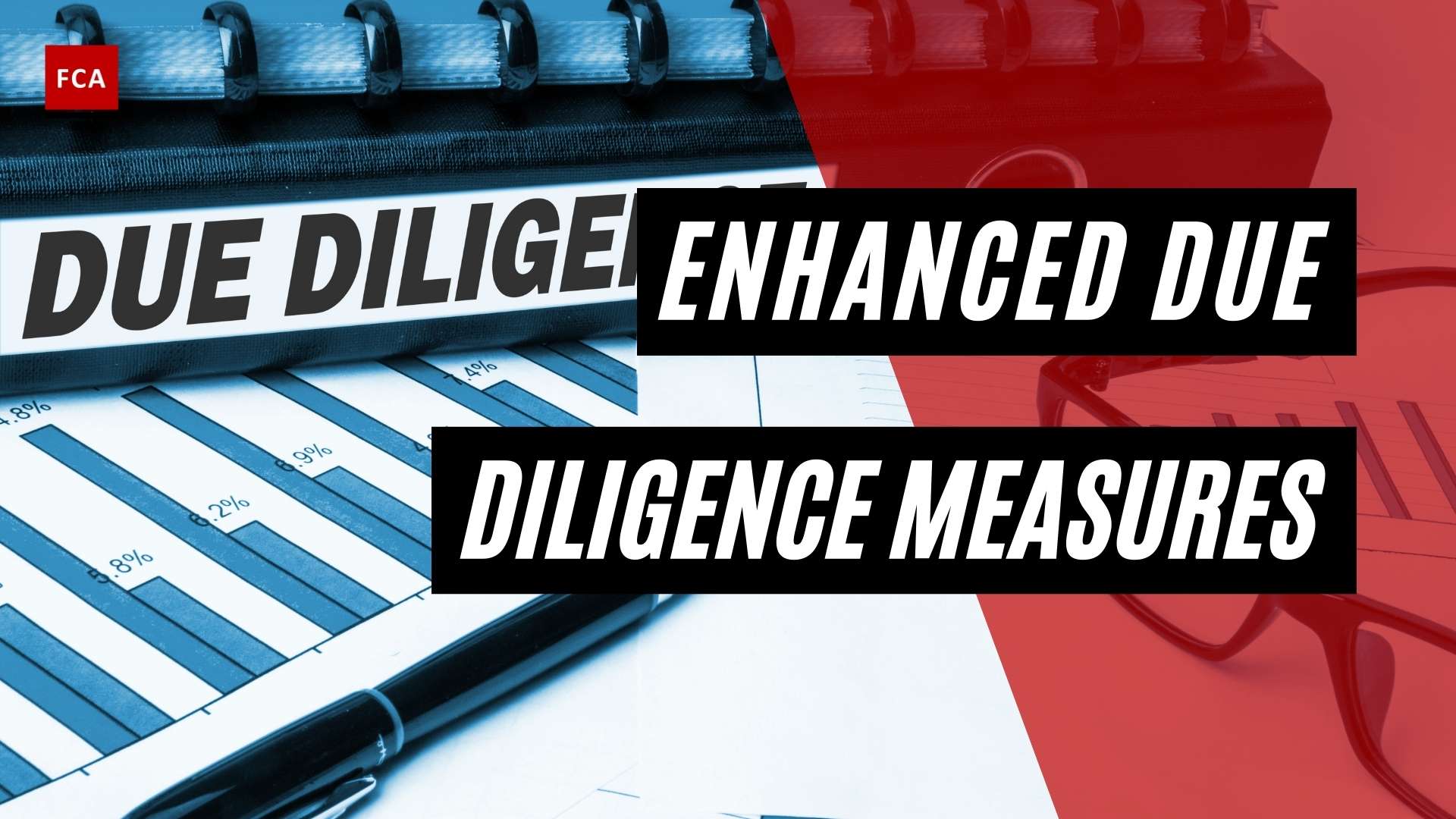Organizations must understand the nature and purpose of the account relationship that will be formed with new or existing clients. This article elaborates on ‘Nature And Purpose Of Relationship With New And Existing Clients In 2022’.
Types of accounts
Individual accounts, company accounts, and corporate accounts are examples of several types of accounts available to clients. There are various types of accounts that are typically labeled as high-risk, such as charity accounts, correspondent accounts, and so on.
In the case of employed clients, the account may be used to credit their salary, or it may be used to credit the revenue receipts of commercial and corporate customers. The goal of charity accounts is to transmit the charity or contributions that individuals have given.

Importance of identifying the nature and purpose of relationship
Because the client’s risk profile is dependent on the nature and purpose, which were provided at the time of creating the account, identifying the nature and purpose of the connection aids the organization in completing continuous due diligence and transaction monitoring.
CDD measures
According to FATF guidelines, the entity must take CDD actions, including determining the account’s purpose. The following are the CDD measures to be taken:
- Identifying the customer and verifying that customer’s identity using reliable, independent source documents, data, or information;
- Identifying the beneficial owner, and taking reasonable measures to verify the identity of the beneficial owner;
- Obtaining information on the purpose and intended nature of the business relationship;
- Conducting ongoing due diligence on the business relationship and scrutiny of transactions, including, where necessary, the source of funds.
Special attention to unusual large transactions
Financial institutions should pay special attention to all complex, unusual large transactions and all unusual patterns of transactions, which have no apparent economic or visible lawful purpose. The background and purpose of such transactions should, as far as possible, be examined, the findings established in writing, and be available to help competent authorities and auditors.
Further, financial institutions are required to pay special attention to the business relationships and transactions with customers/ persons, including companies and financial institutions, from countries that do not or insufficiently apply the FATF Recommendations. Whenever these transactions have no apparent economic or visible lawful purpose, their background and purpose should be examined, the findings noted, and be available to help the competent authorities.
Application of CDD measures based on risk level
Banks are to apply each of these CDD measures to all customers; however, these measures or additional measures should be determined based on a customer risk level. When assessing customer risk, a bank should consider relevant factors, such as the customer’s background (for example, occupation), country of origin or residence, bank products used, nature and purpose of the account, transactions, and business activities.
Final Thoughts
Organizations must understand the nature and purpose of the account relationship to the clients to determine the extent of CDD measures to be applied. This article elaborates on ‘Nature And Purpose Of Relationship With New And Existing Clients In 2022’.








